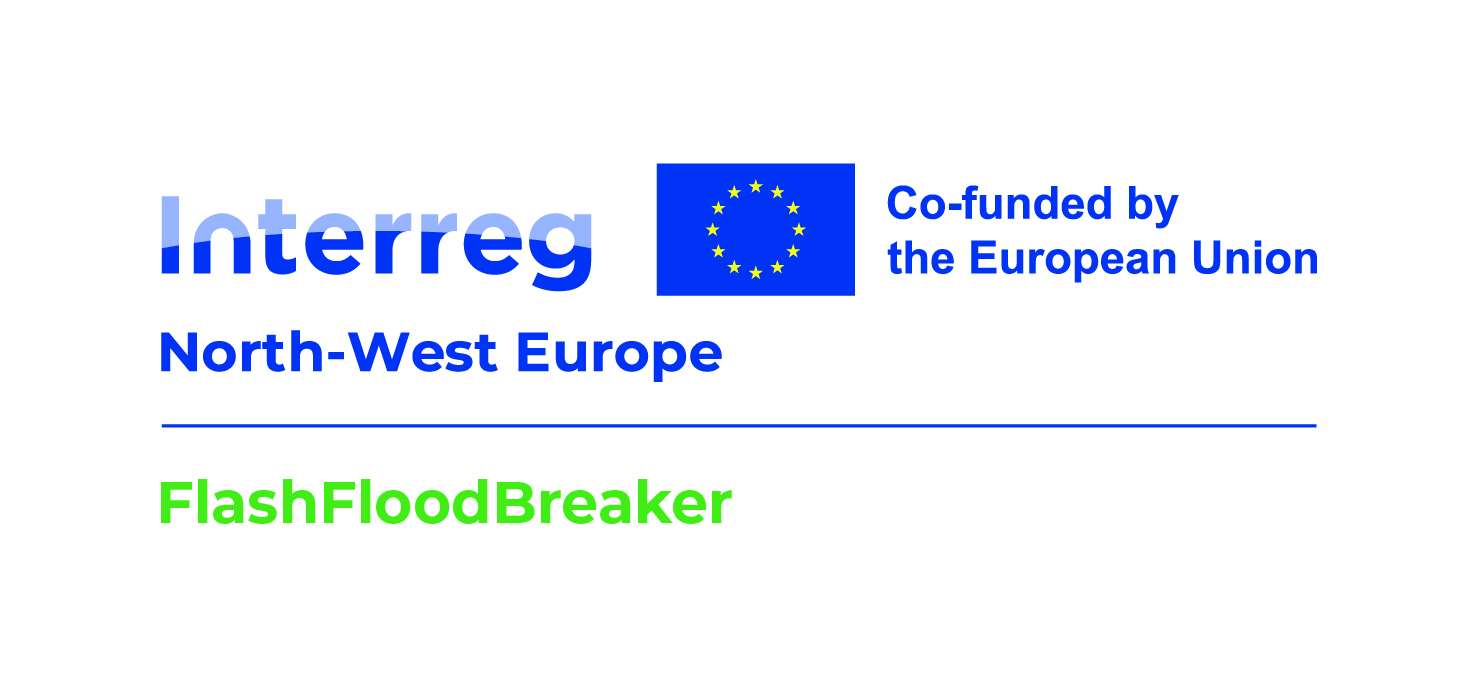Nearly three years after devasting flash flooding caused significant death and damage in Germany and across Northwestern Europe, a new research initiative promises to build regional resilience in the face of climate change. Funded by Interreg North-West Europe – a transnational cooperation scheme—the five-year partnership, headed by SnT’s Sylvain Kubler, will enhance regional information-sharing with a view to mitigating flood risks in Luxembourg and surrounding countries. Dr. Kubler will work on the project alongside Félicia Norma Tefurle from the Faculty of Science, Technology and Medicine.
Destructive weather-related events such as flash floods are increasingly common given the steady progression of global warming in recent decades. Warmer temperatures lead to greater amounts of water vapour in the atmosphere, which in turn increases the intensity of rainfall. Add to this the characteristic geographical features of Northwestern Europe—such as steep cliffs, mining sites, urban areas, and polders—and the result is a landscape primed for tragedy. It takes as little as three hours for a flash flood to damage infrastructure, prompt mass evacuations, and cause loss of life.
In the aftermath of the 2021 storms, governments, scientists, and citizens began asking how existing warning systems, devised mainly of hydrological sensors, could be strengthened for the greater protection of communities at-risk. Multidisciplinary experts at the forefront of risk mitigation wondered whether new tools based on artificial intelligence (AI) might fill the gaps in current practice. In a situation simultaneously urgent and precarious, might communities reasonably rely upon AI to navigate them safely through troubled waters?
It’s a difficult question that now rests on the shoulders of Kubler and his team at SnT. For the past three years, they have been advancing machine learning techniques within a sub-field known popularly known as “eXplainable AI” (XAI). The techniques used to design explainable models aim to endow algorithms with the capacity to express why the system reached a particular decision, recommendation, or prediction. XAI, by virtue of its ability to generate insight into its internal logic, helps make AI systems more trustworthy. The team plans to integrate this technology into current hydrological monitoring practices to build an AI-based flood and impact forecast tool.
“We are working to build AI that is explainable and robust against unexpected events,” Kubler explains. The variability of weather makes this a particularly difficult challenge. “A small change in input data—anything from unforeseen high winds to a malfunctioning sensor—may lead to misprediction or miscalculation. We need to train the system to not only account for unexpected changes in its observation, but also to allow it to go one step further and provide experts with the information and analysis necessary to understand possible outcomes and make sound decisions.” Over time, the new tool is expected to not only improve prediction but also integrate more complex data to assist with public planning.
The FlashFloodBreaker initiative demands a high level of coordination. Thus far the entities participating in the partnership include a wide range of universities and research centres, emergency services, government agencies, regional authorities, waterboards, and community organisations from across Luxembourg, Germany, Belgium and France. These groups will work together to bridge interdisciplinary expertise and experience, improve local resilience to flash flood disasters, and devise strategies and solutions to ensure stakeholders and citizens themselves are better prepared to manage and respond to extreme weather events.
For more information, visit:

